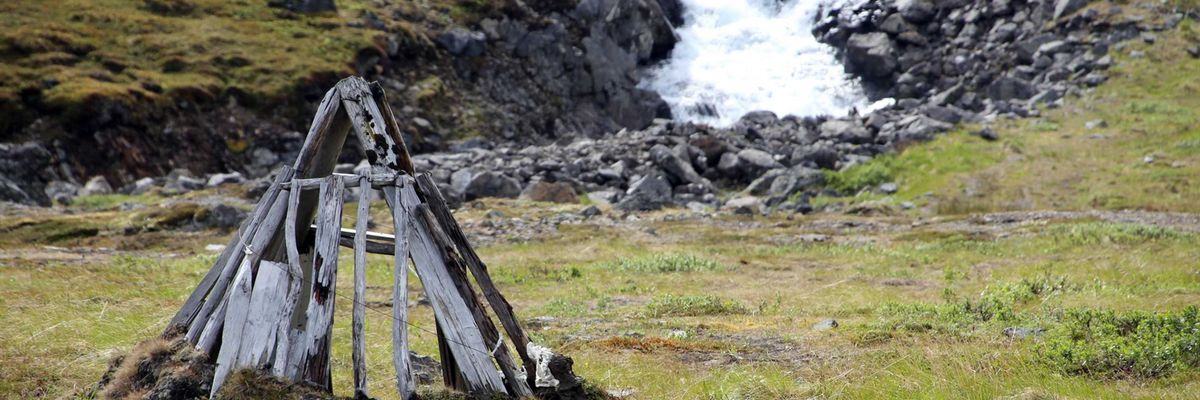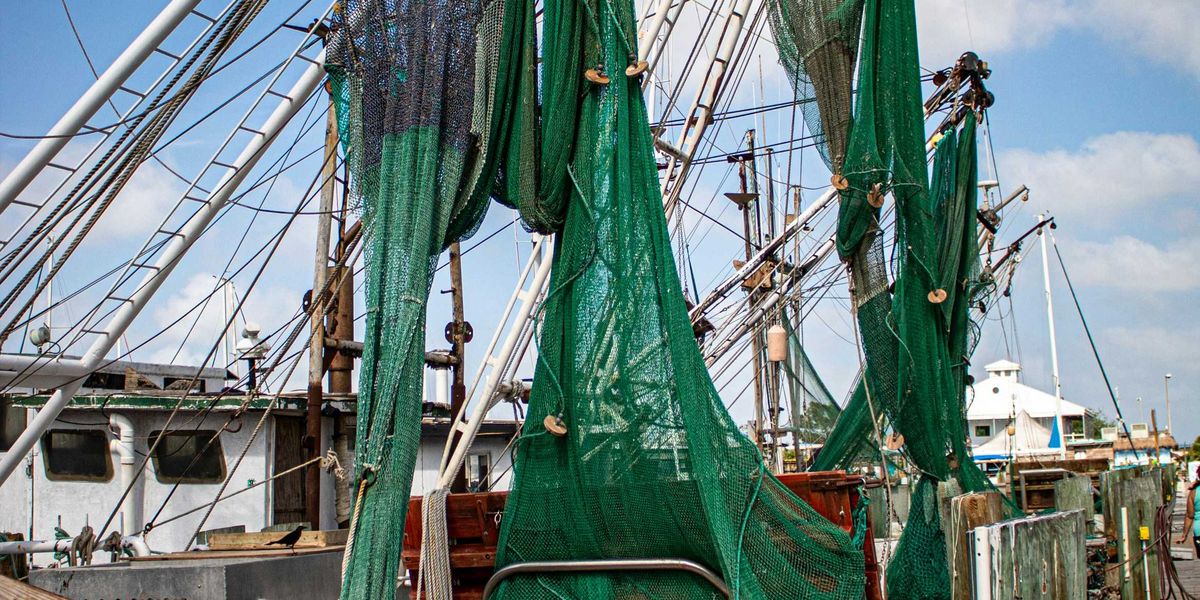south carolina
Charleston battles frequent flooding as climate change worsens
Charleston, South Carolina, faces increasing flooding from storms like Tropical Storm Debby, highlighting the city's struggle with climate change's impact on coastal communities.
In short:
- Residents of Charleston, S.C., are experiencing more frequent and severe flooding due to storms exacerbated by climate change.
- The city is implementing infrastructure improvements like tunnels and pump stations to combat rising sea levels and protect against future floods.
- Charleston's average sea level has risen by seven inches since 2010, significantly increasing the frequency of flooding events compared to past decades.
Key quote:
“It's no longer a question of if these storms can happen; we've seen them happen now again and again and again.”
— Jessica Whitehead, executive director of the Institute for Coastal Adaptation and Resilience at Old Dominion University
Why this matters:
As climate change intensifies, coastal communities like Charleston face heightened flood risks, threatening homes and infrastructure. Understanding and addressing these challenges is vital for resilience and sustainable urban planning in vulnerable areas.
Related EHN coverage:
The perfect storm: the US city where rising sea levels and racism collide
Cross-currents of denialism, boosterism, broken governance systems and deep-seated racism will meet with rapidly accelerating sea level rise.
Rising seas could cause septic system failures in Beaufort County, South Carolina
As seas rise, groundwater levels in coastal areas do, too. So when a storm hits, water can inundate people’s septic systems. Some residents in low-lying Beaufort County, South Carolina, are already facing the disgusting consequences.
A zoning law is helping to protect South Carolina’s St. Helena Island from sea level rise
A zoning law in Saint Helena prevents developments like gated areas and waterfront hotels from displacing the island’s cultural resources. That’s helped residents maintain traditions. And it’s made them more protected from sea level rise.









